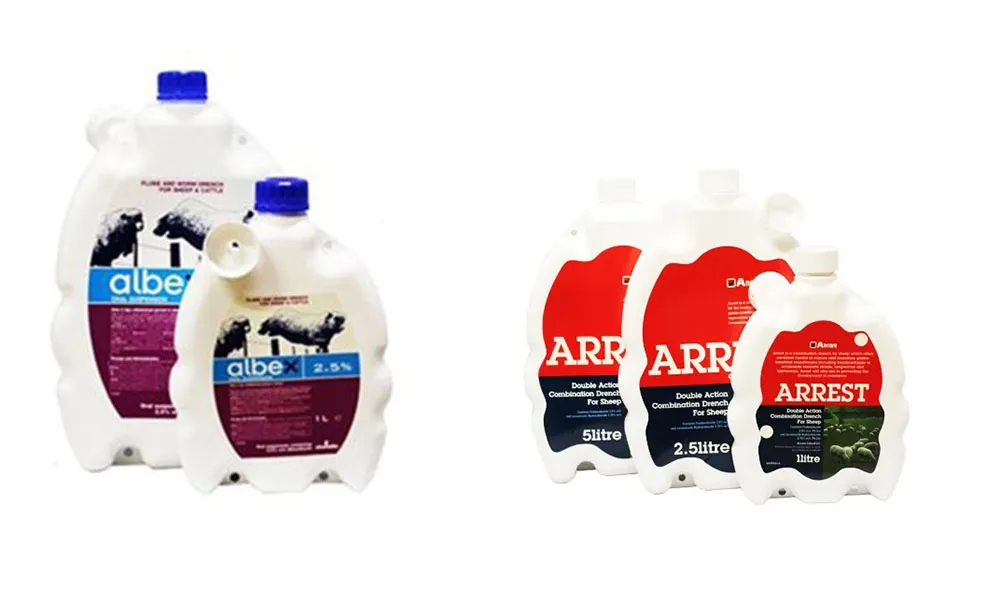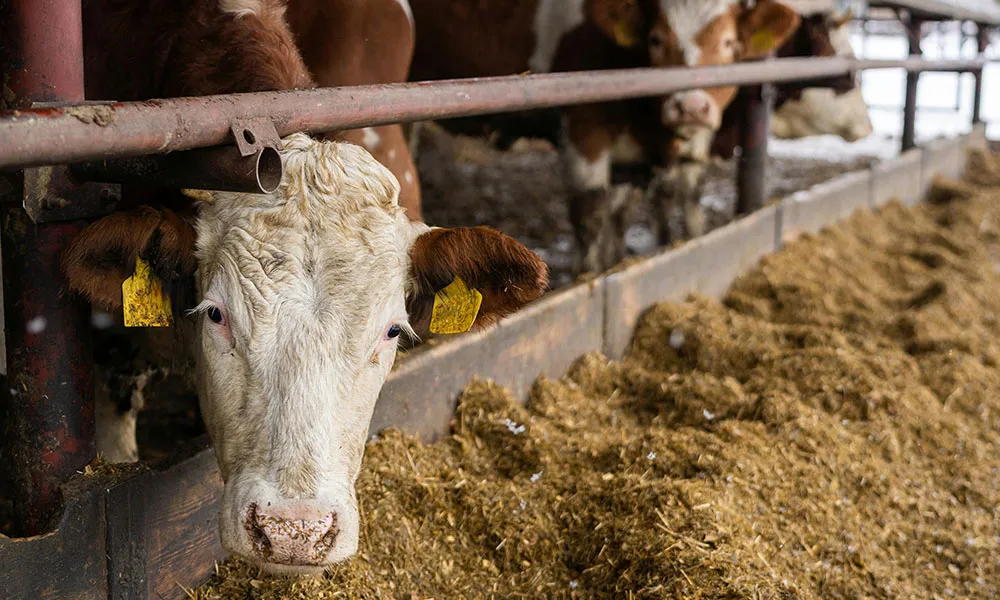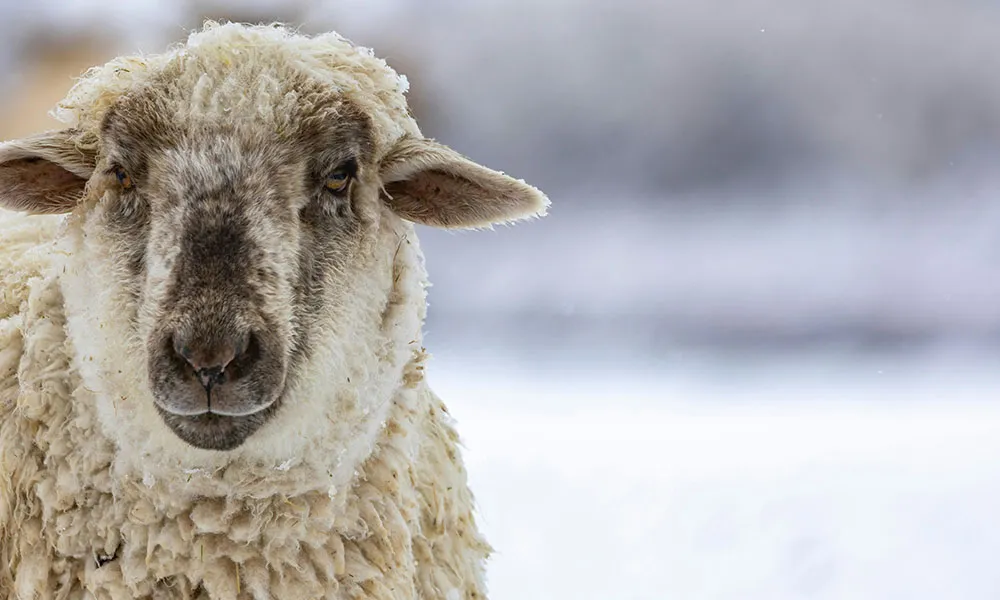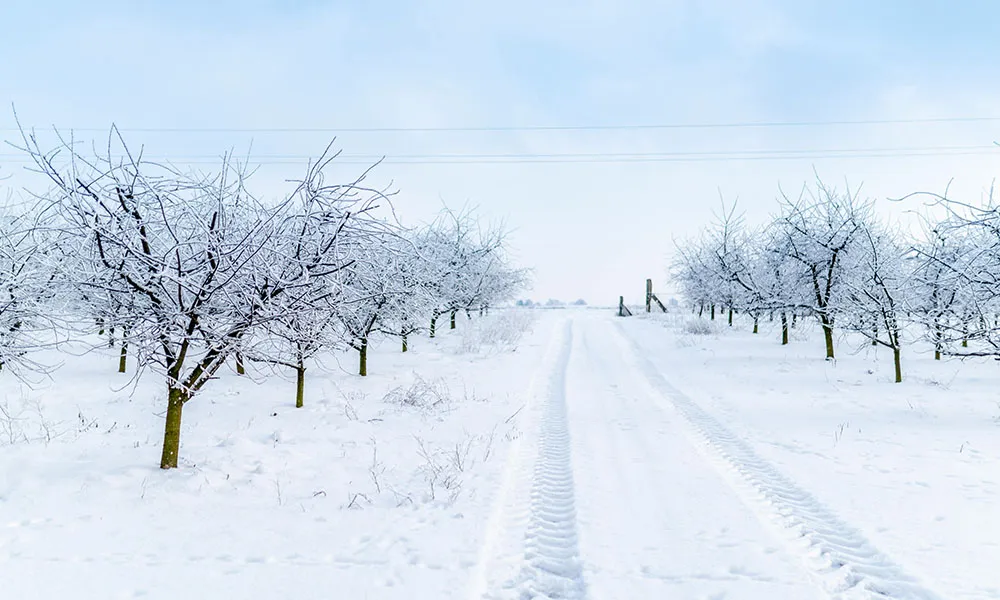
Nematodirus in lambs: what is the risk in your area?
Last week, the Department of Agriculture, Food and the Marine issued its annual Nematodirus forecast for 2023. The forecast, which was created by DAFM in collaboration with Met Éireann, UCD and Teagasc, predicts the risk of Nematodirus battus infection in livestock. Nematodirus battus, a type of roundworm, most commonly infects new lambs and is a scourge on Irish farms in the late spring period.
About Nematodirus battus
Infection with the Nematodirus battus roundworm is commonly called Nematodirosis. The disease presents as a serious condition, and usually infects lambs between 1 and 3 months of age. Infective larvae are ingested on contaminated grass.
Unlike other roundworms, Nematodirus battus eggs do not hatch until a year after they have been deposited on pasture. Hatching takes place as temperatures begin to tick upwards in the spring, just in time for the parasite to attack vulnerable young lambs. The peak months for contraction of disease are March and April, while the peak months for symptomatic disease are April, May and June.
Once ingested, the Nematodirus larvae attack the wall of the intestine, resulting in symptoms of intense diarrhoea. This causes rapid dehydration and weight loss, potentially leading to death. DAFM notes that lambs congregating around water troughs may be indicative of Nematodirus infection within the flock.
Nematodirosis only affects lambs. Adult sheep are not affected.
Prevention is best
As with all infectious diseases, when it comes to Nematodirosis prevention is better than cure. According to DAFM advice, the key to prevention is to keep this year’s lambs away from all pasture that was grazed by lambs and calves last year. Remember that this year’s larvae will have been laid last year on pasture grazed by infected lambs and calves. Larvae is unlikely to be present on any grass that was grazed only by adult livestock in 2022, or on land that was previously used only for tillage.
Farmers should remember that weaker lambs, including twin lambs and lambs receiving insufficient milk, are at greater risk of developing the disease. This is because these lambs are often forced to graze earlier than stronger lambs that receive abundant milk. Therefore, these lambs should be given preference when it comes to the use of “clean” grass.
This year’s forecast
DAFM maintains that Nematodirus hatching will peak in late March and early April, particularly in the south and along the Atlantic coast. For the east, midlands and inland northwest, peak hatching will take place slightly later, with eggs hatching from 6-12 April. The map below, taken from the DAFM website, shows the expected Nematodirus egg hatching peaks by region.
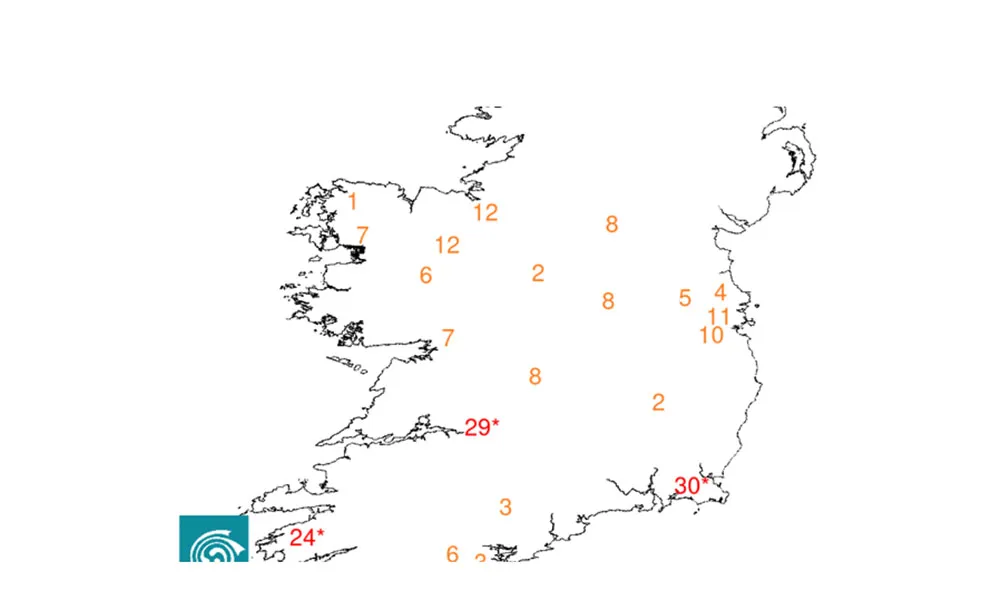
Treating Nematodirus
Treatment should be carried out in line with the expected hatching time for your region. It is recommended that you dose for Nematodirus two weeks after peak hatching in your area. For example, if you are located in the northwest, east or midlands, you should dose around 26th April. Dosing in the south and along the Atlantic coast should take place around 14th of April.
Benzimidazoles (white drenches such as Arrest and Albex) are the most effective treatment for the Nematodirus parasite. These should always be administered in line with the manufacturer’s instructions.
It is also important to note that treatments do not have residual effectiveness against parasites. This means that, in some cases, reinfection may occur. In such cases, repeat treatment may be required every 2-3 weeks for the rest of the spring period (i.e. until late May/early June).




